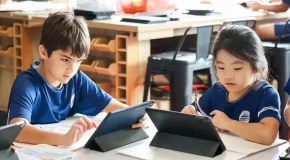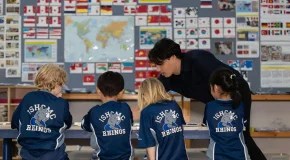8 Ways to Develop a Global Mindset for Lifelong Success
Today’s students must thrive in a world defined by interconnected economies, cross-cultural workplaces, and global challenges. A child who grows up learning to collaborate across cultures, think beyond borders, and approach problems open-mindedly will have a significant advantage. That mindset doesn’t form by chance, it develops through deliberate, immersive experiences in international learning environments.
This article explores what a global mindset truly means, why it holds critical value for the next generation, and how schools, particularly those like the International School of Ho Chi Minh City (ISHCMC), intentionally cultivate it to prepare students for lifelong success.
What is a Global Mindset?
A global mindset is the ability to view the world through a wide lens. It’s about recognizing diverse perspectives, adapting to different cultural contexts, and making informed decisions on global issues. This mindset blends curiosity with empathy and combines cross-cultural awareness with open communication and adaptability.
From an educational standpoint, a global mindset shapes learners into responsible global citizens. It encourages them to analyze perspectives, build connections between communities, and act with social responsibility. This mindset reflects core elements of the International Baccalaureate (IB) philosophy, which places intercultural understanding at the heart of its programs.
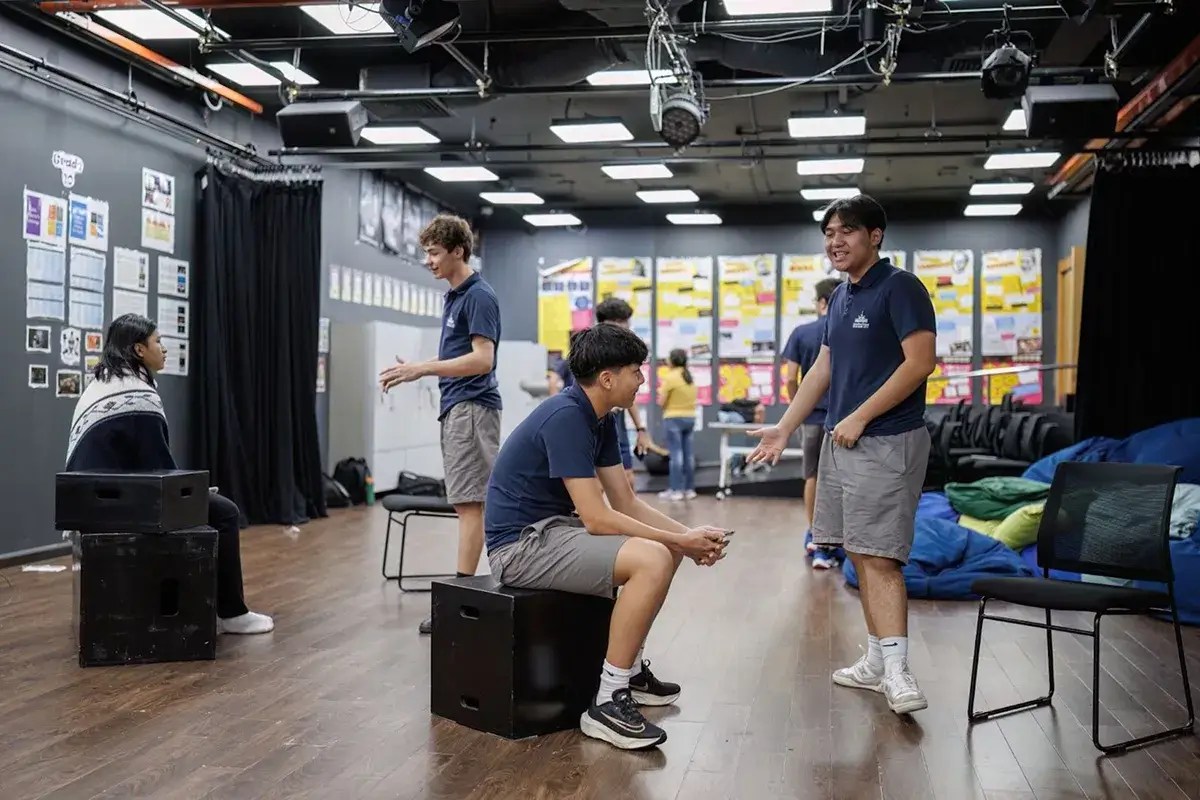
With over 60 nationalities represented and a curriculum rooted in inquiry, diversity, and international themes, ISHCMC students grow up embracing global perspectives as a natural part of their learning journey. Whether through language study, transdisciplinary projects, or collaborative learning environments, the development of a global mindset is embedded across all programs, from Primary to Diploma.
Importance of a Global Mindset
Employers increasingly seek individuals who think globally. These individuals innovate in multicultural teams, communicate across borders, and understand the ripple effects of their actions. Yet the benefits of a global mindset go far beyond the workplace.
Students with global competence understand how economic, political, and environmental issues affect different regions. They respond thoughtfully to diverse opinions and build bridges rather than barriers. This ability enhances leadership, strengthens collaboration, and empowers them to adapt with confidence..
While academic results remain a top priority for parents, many now understand that long-term success also depends on how well a student connects learning to the real world. Schools that foster global competencies give students the full advantage—strong academic performance and the mindset to thrive globally.
How to Develop a Global Mindset for Students
Building a global mindset takes more than adding international days or language classes to the curriculum. It calls for a thoughtful, integrated approach grounded in educational philosophy, lived experience, and emotional intelligence. Here’s how international schools foster it from the early years through graduation.
1. Embrace Multilingual Learning Environments
Students who study additional languages gain access to diverse ways of thinking, communicating, and connecting with others. It strengthens their cognitive flexibility and broadens their appreciation for cultural nuance.

Effective global education includes multilingualism as a core component. At ISHCMC, all students engage in a second language program, choosing from Vietnamese, Chinese, or Spanish with consistent weekly instruction.
Students strengthen this foundation through our Home Language Studies program, where they develop academic language skills while embracing their cultural heritage. On International Mother Language Day, 27 secondary students brought their languages into Primary classrooms by reading stories in their native tongues. These interactions build early literacy, deepen cultural understanding, and reflect the vibrant diversity of the ISHCMC community.
2. Foster Cultural Curiosity
Inquiry-led education cultivates independent thinkers who ask questions, explore perspectives, and seek understanding across differences. Students learn to investigate global challenges, question assumptions, and draw connections between their lives and those of others.
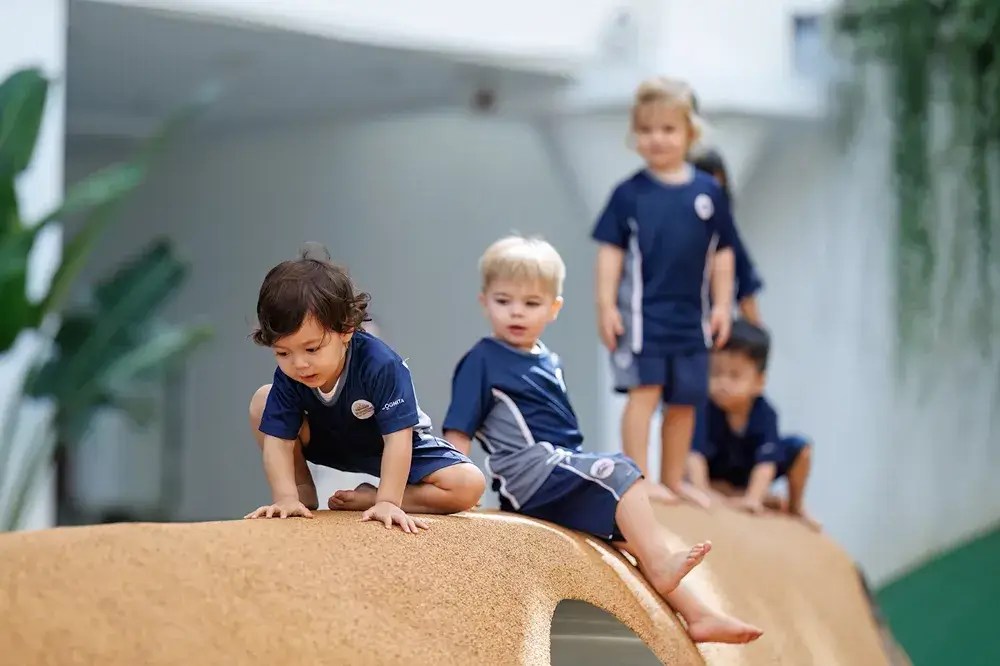
ISHCMC’s IB curriculum, especially its Primary Years Programme (PYP) and Middle Years Programme (MYP), integrates global themes into every subject. Students don’t just learn about cultures; they investigate the why behind traditions, systems, and beliefs.
For example, in their MYP personal projects, students choose global issues they care about. When asked for advice on tackling a year-long personal project, Hwan, a Grade 10 student at ISHCMC, shared insights from his journey with Mindful Journaling. He emphasized the value of choosing a topic that truly inspires you and how the process gave him space to express his creativity meaningfully.
Middle Years Programme Personal Project: Hwan
3. Integrate Global Issues Into Real-World Projects
Students develop their global mindsets when they engage with real-world challenges. Whether they’re researching climate change, designing sustainable products, or building entrepreneurial ventures, students learn best when their knowledge applies to authentic contexts.
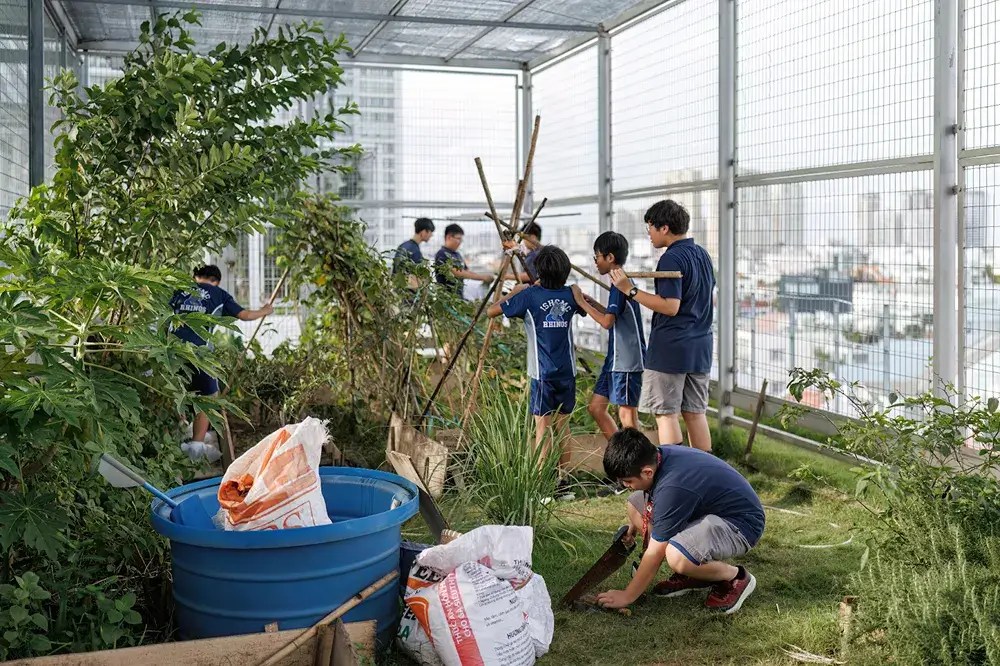
Project-based learning gives students the tools to design, evaluate, and implement solutions that matter. At ISHCMC, the learning environment prioritizes real-world application. Through hands-on projects, students move from local learners to global contributors.
4. Cultivate Empathy Through Diverse Communities
True global citizenship begins with relationships. Students immersed in multicultural environments develop empathy naturally by learning with and from others.
Schools that intentionally build cultural diversity into the classroom help students grow beyond national narratives. Instead of viewing global issues from a single lens, they consider how identity, history, and belief systems shape worldviews. These insights enrich collaboration and communication, especially in cross-border teams and leadership roles.
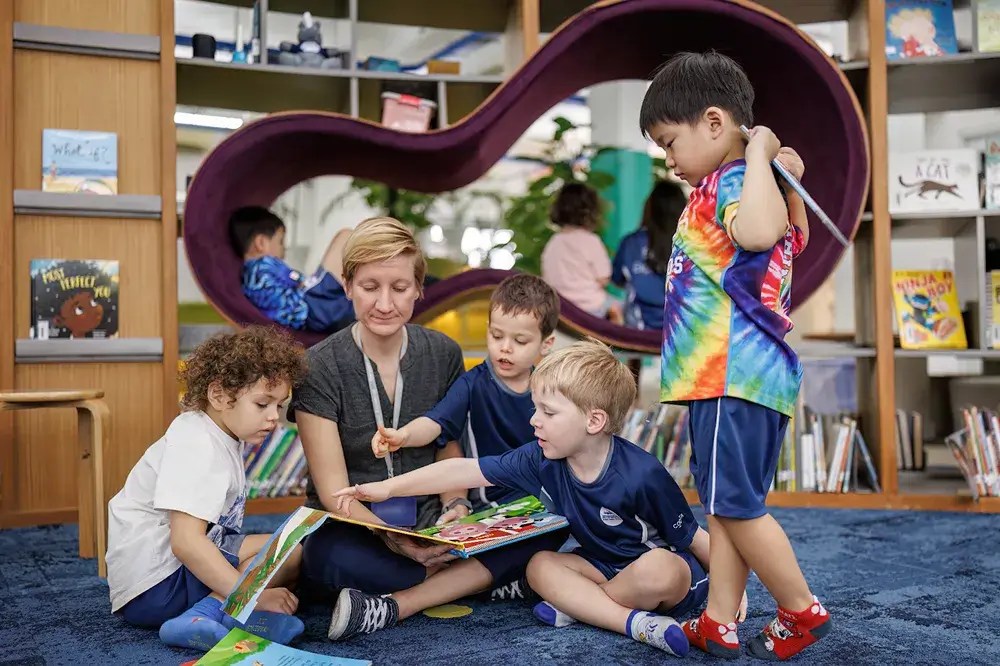
ISHCMC’s community includes students, teachers, and families from over 60 countries. This multicultural environment offers daily opportunities to connect, collaborate, and learn from one another.
5. Encourage Leadership in Global Contexts
Global-minded students lead with purpose. They develop agency, take initiative, and contribute meaningfully to their communities. Leadership opportunities, like Model United Nations (MUN), service projects, or student councils, equip learners with skills to guide diverse teams and drive collective outcomes.
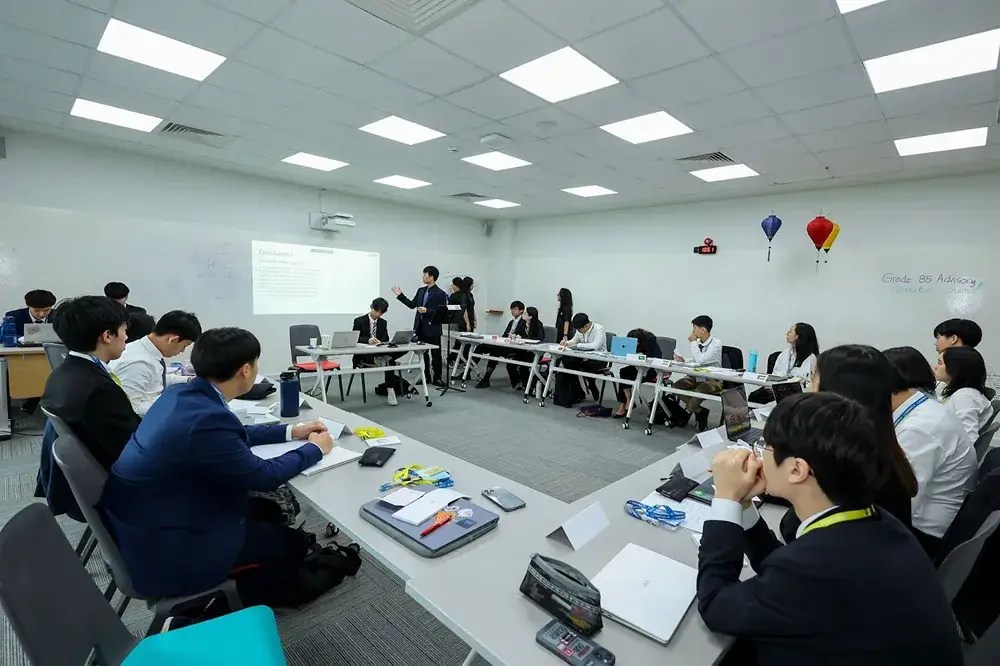
Hippolyte Genet, an ISHCMC student with leadership roles throughout school, exemplifies this growth. Supported by inquiry-based learning and encouraged to express ideas confidently, he developed skills that transcend national borders.
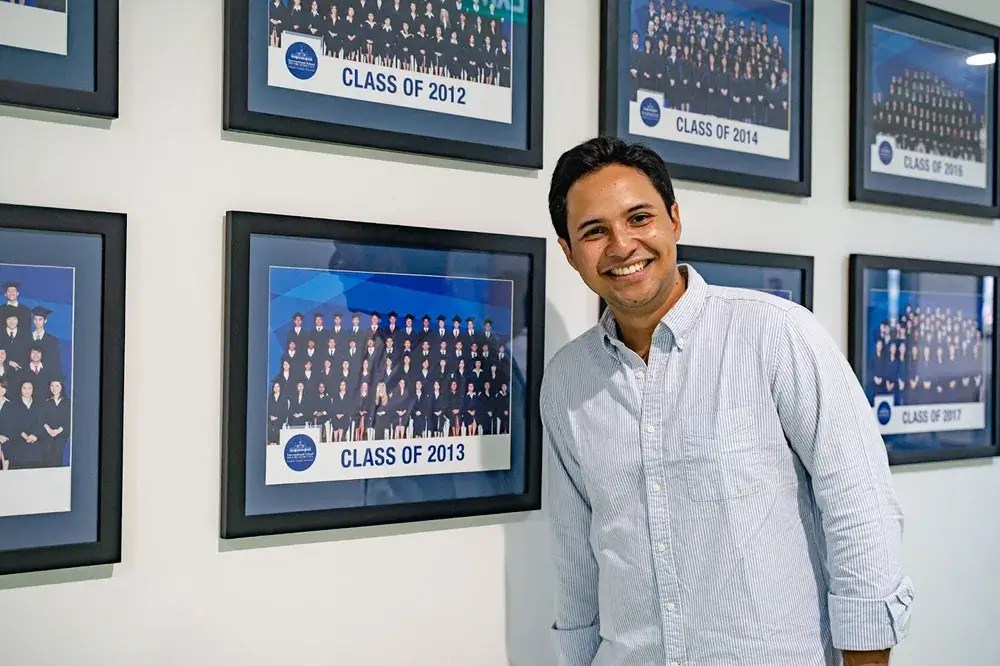 6. Blend Technology With Global Education
6. Blend Technology With Global Education
In a digital world, global understanding increasingly happens through online collaboration and tech-enabled learning. It becomes a creative toolkit for innovation, research, and cross-cultural collaboration. Students learn to build digital literacy through tasks like multimedia storytelling, virtual exchanges, data-driven research, and collaborative platforms that simulate real-world scenarios.
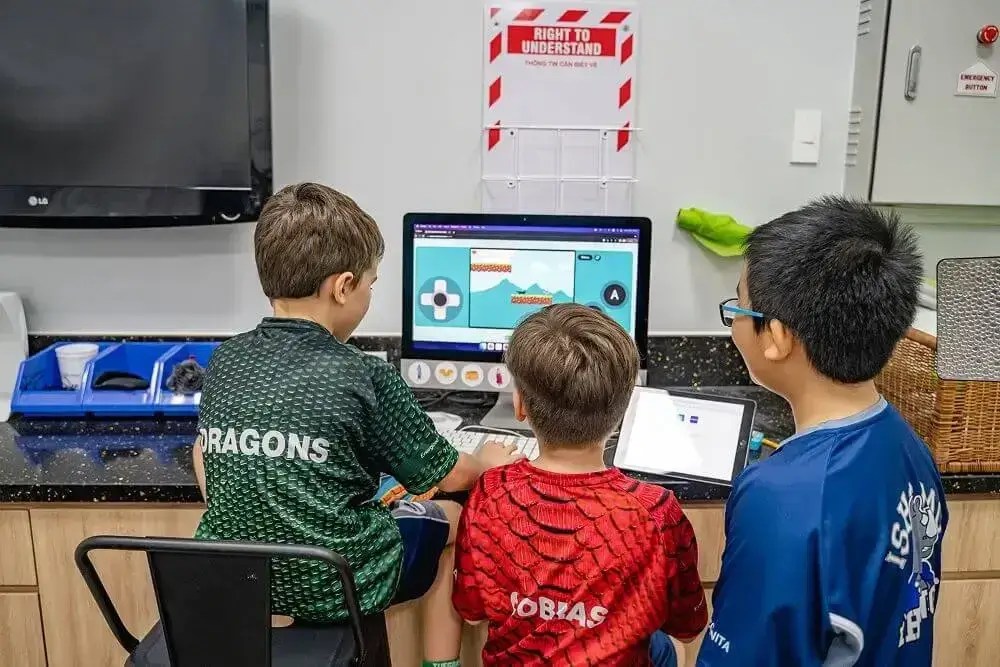
Digital fluency supports critical thinking, adaptability, and global communication, skills essential for future careers in any industry. Whether analyzing climate trends through simulation tools or participating in international student forums, learners begin to see themselves as contributors in a much broader context.
ISHCMC intentionally integrates educational technology, from AI tools to interactive learning platforms, empowering students to connect globally and think critically. Students from Grade 6 receive MacBook Airs and are guided on responsible tech use, preparing them to innovate and communicate on international platforms.
7. Support Social-Emotional Learning
Students need emotional intelligence to navigate cultural complexities. Social-emotional learning (SEL) helps them manage emotions, show empathy, and build relationships, which are central skills to thrive in multicultural settings. Embedding SEL into education ensures that learners can connect authentically across cultures and sustain their well-being in fast-changing environments.
At ISHCMC, SEL runs alongside academics. Teachers create emotionally safe spaces where students develop self-awareness and a growth mindset. This balance builds resilience, which is essential for lifelong learning and adaptability.
8. Promote Critical Thinking and Problem-Solving
A global mindset depends on the ability to think independently, ask the right questions, and solve problems confidently. These cognitive skills help students interpret complex issues and lead with insight.
Education systems that prioritize problem-solving enable students to lead innovation, whether in science, business, or the arts. Project-based learning, ethical debates, and interdisciplinary research sharpen mental agility and build confidence in expressing ideas. These experiences prepare students to contribute actively, not react passively, to the world around them.
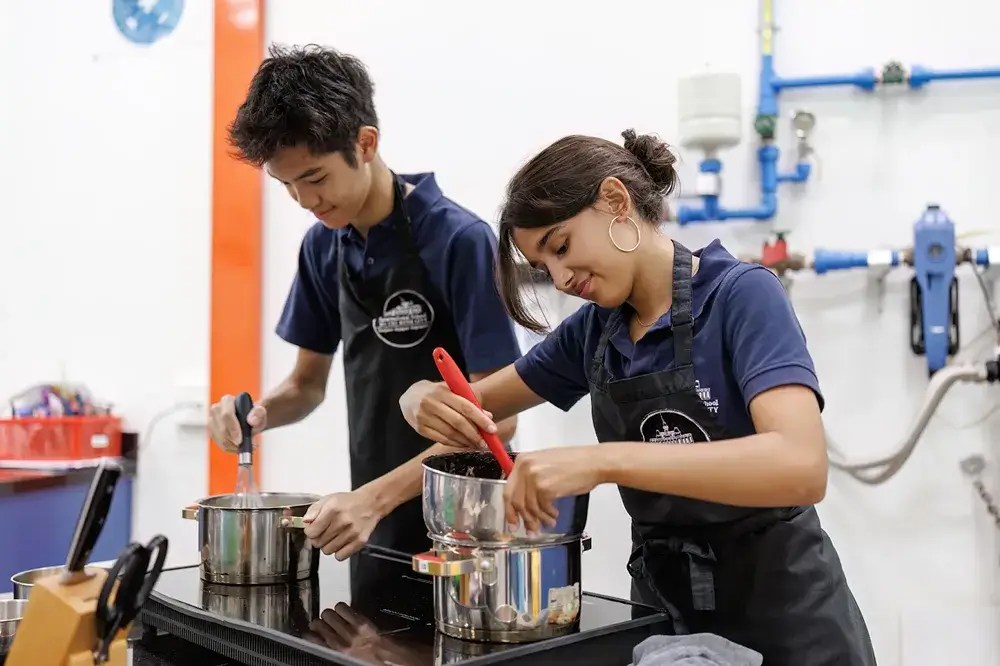
At ISHCMC, inquiry-based learning sharpens these abilities. Whether students explore ethical questions in Theory of Knowledge (TOK) or tackle real-world projects in the MYP, they’re guided to analyze, evaluate, and innovate.
Graduates like the McLaren bicycle innovator and the founder of Paradise Clothing show how this approach turns thinking into action, preparing students to thrive in any global arena.
Your Child’s Future Starts With the Right Mindset
The future belongs to those who think expansively, lead compassionately, and act with awareness of the world’s complexities. Schools like the International School of Ho Chi Minh City understand this deeply and actively embed global citizenship into everyday learning.
Whether through multilingual programs, real-world applications, or student leadership, ISHCMC prepares students to excel in international universities, create ventures, and become changemakers who leave a lasting mark.
Give your child the mindset they need to succeed globally. Apply today to secure a place at ISHCMC.

